With a change in temperatures, air density, weather and road conditions, winter presents some challenging conditions for vehicles. Here’s a preparing your car for winter checklist to help you get ready.
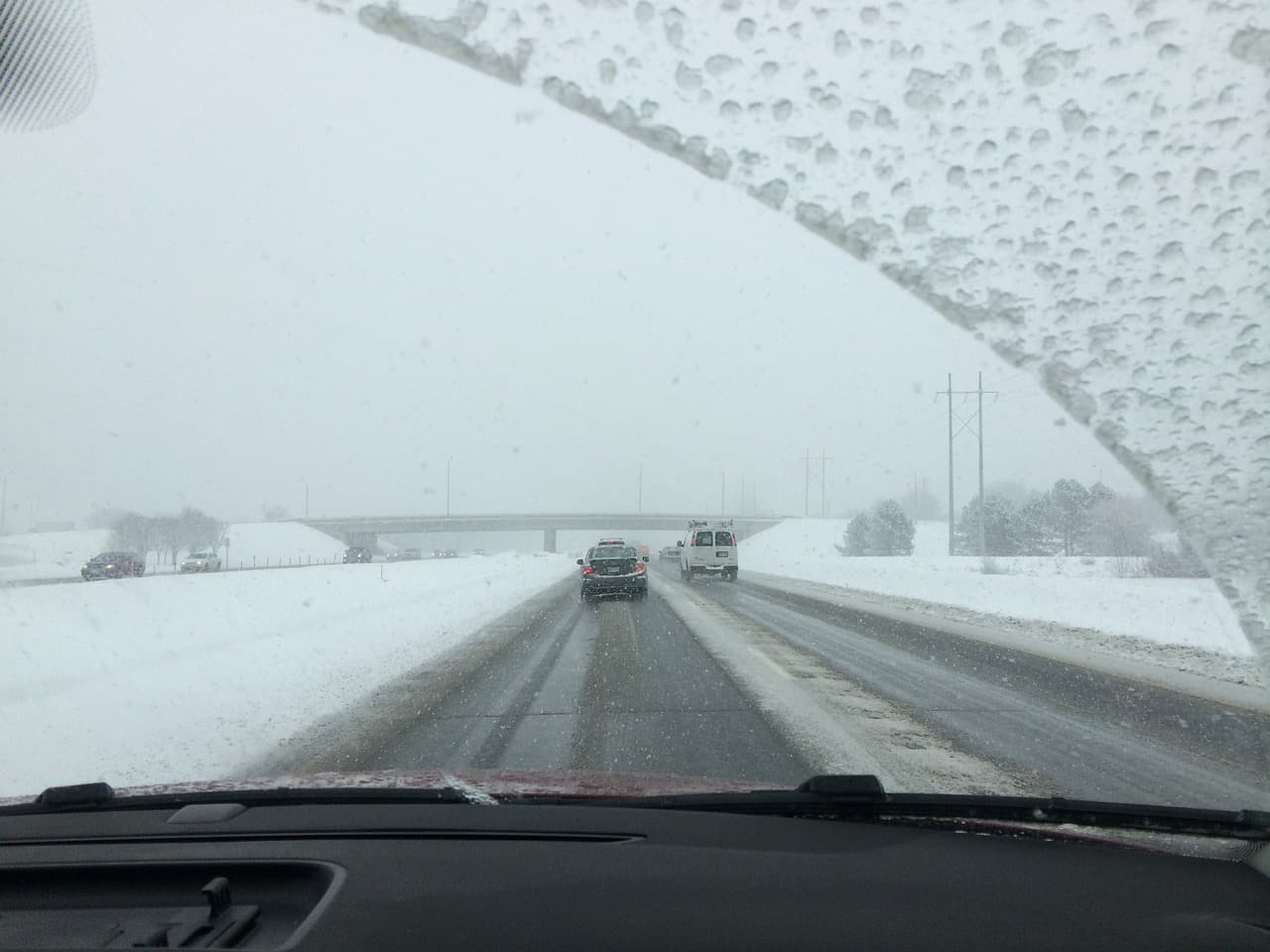
Preparing Your Car For Winter Checklist
1. Top up windshield washer fluid
With snow, salt and other debris on the road, you’re more likely to need more windshield washer fluid. It’s a good idea to top up the fluid before winter starts making sure you have plenty for when it’s needed. There’s nothing worse that not being able to see out your window when road conditions are bad.
It’s easy to do and a bottle of windshield washer costs a few dollars. Winter formula windshield washer fluid is available, rated for sub zero temperatures (to stop it from freezing).
How to: Top Up Windshield Washer Fluid.
Difficulty level: Easy
Cost: $2-$12
2. Check wiper blades -replace if necessary
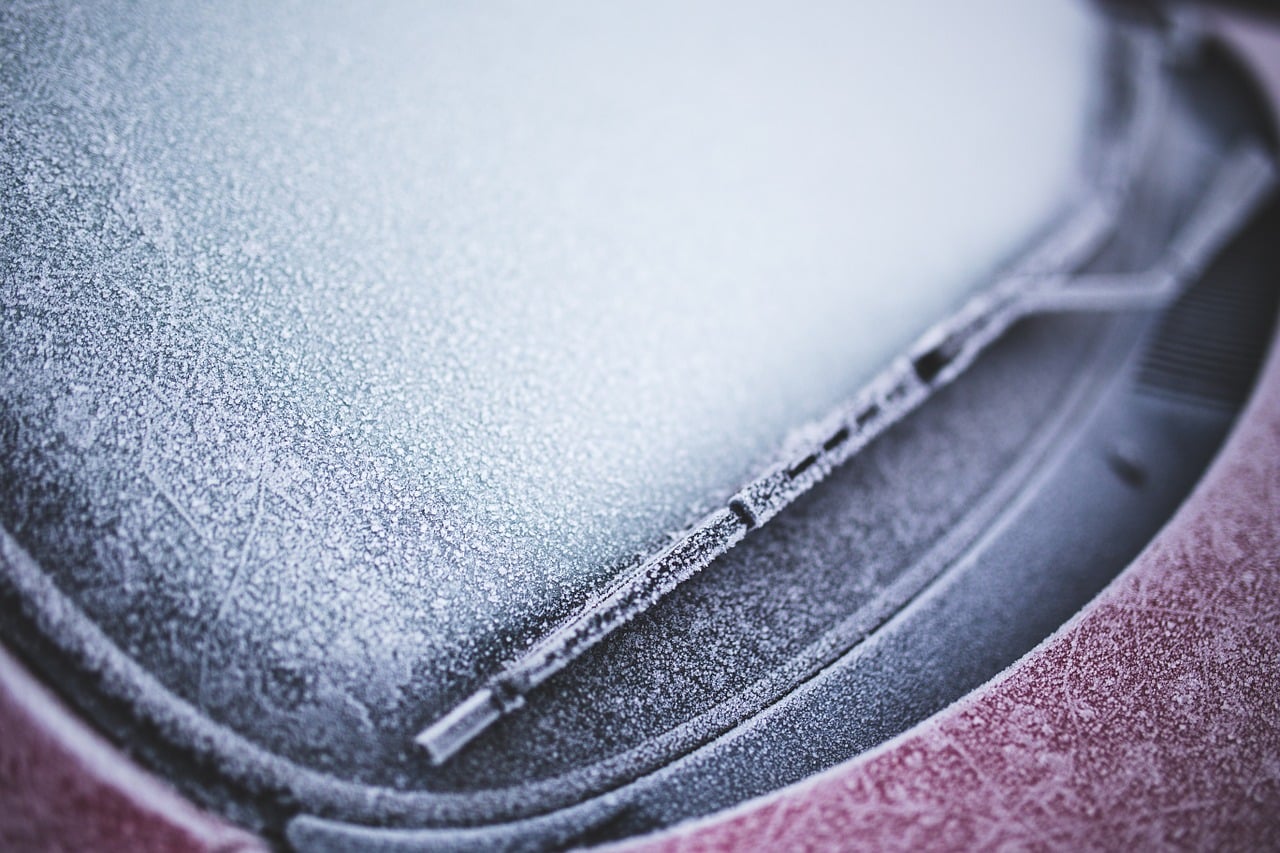
A mixture of hot dry summer temperatures and cold winter temperatures can reek havoc with rubber material. Wiper blades will be most likely be working overtime in winter so it’s important they’re working right! Make sure the wipers are sweeping flat. If they leave lines or miss parts of the sweep area, they may be cracked or damaged.
Winter wiper blades are available (usually a little more expensive) that have a more durable rubber for colder temperatures. Winter wiper blades also have a guard/shield that protects the blade from icing up in the joints.
Difficulty level: Easy
Cost: $0-$40
3. You’ll need an Ice and snow Scraper
Do you have your scraper handy? Is it still in the glovebox, center console or trunk from last year? Are you sure? Find it and have it ready, if not, invest in a new one so you’re ready for the snow. Nothing worse than having to use your arm to clear the snow off, because you’re already running late and need to allow for some extra travel time.
Difficulty: Depends on if last years scraper is easily found or not!
Cost: $0-$20
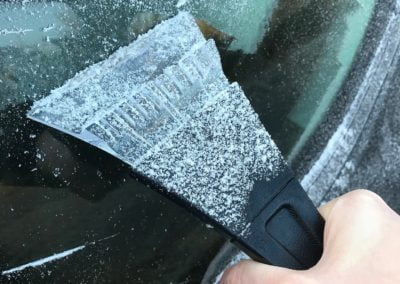
4. Check coolant/antifreeze- flush and replace if necessary
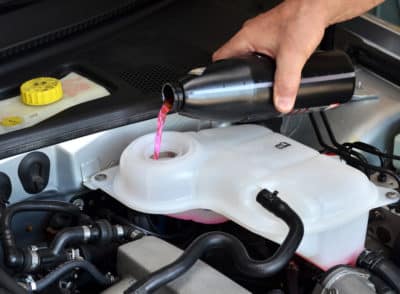
Just because it’s called coolant, don’t be fooled by the name. You’ll still need it in the winter to act as an antifreeze. Coolant/antifreeze has several purposes; it cools the engine in the summer, stops the engine from freezing in the winter as well as removing rust and other deposits in the system. Flushing the system (draining all the coolant/antifreeze will get rid of those nasty deposits). Flushing the cooling system is recommended around every 30k miles.
Coolant/antifreeze is mixed with distilled water. Typically the antifreeze/water ratio is 50/50 but in the winter, for extremely cold climates you can increase it to 70/30. Some products are available already pre-diluted. Antifreeze ball testers are available to check the ratio and should be available at your local parts store.
Check your vehicle owners manual to be sure on coolant/antifreeze type and ratios to be used in your particular vehicle. Some coolant types should not be mixed. Never use just water.
Read more about coolant basics.
Difficulty: Easy to top-up. Moderate if flush is required.
Cost: Coolant ball tester $2-$10, Coolant $10-$20, Cooling system flush at auto shop will vary depending on vehicle type and labor costs $100-$250.
5. Test the battery
Batteries are notorious for dying in the winter. Test your battery or have it tested at your local auto shop. If the battery life is less and than 20% you may need to invest in a new battery.
A heavy duty winter battery might be a good investment for those in harsher winter climates.
Cost $0-$300 (some auto shops do battery checks for free. Check your local dealer website for coupons).
Difficulty: Easy to moderate (depends on vehicle and tools).
6. Check/replace tires
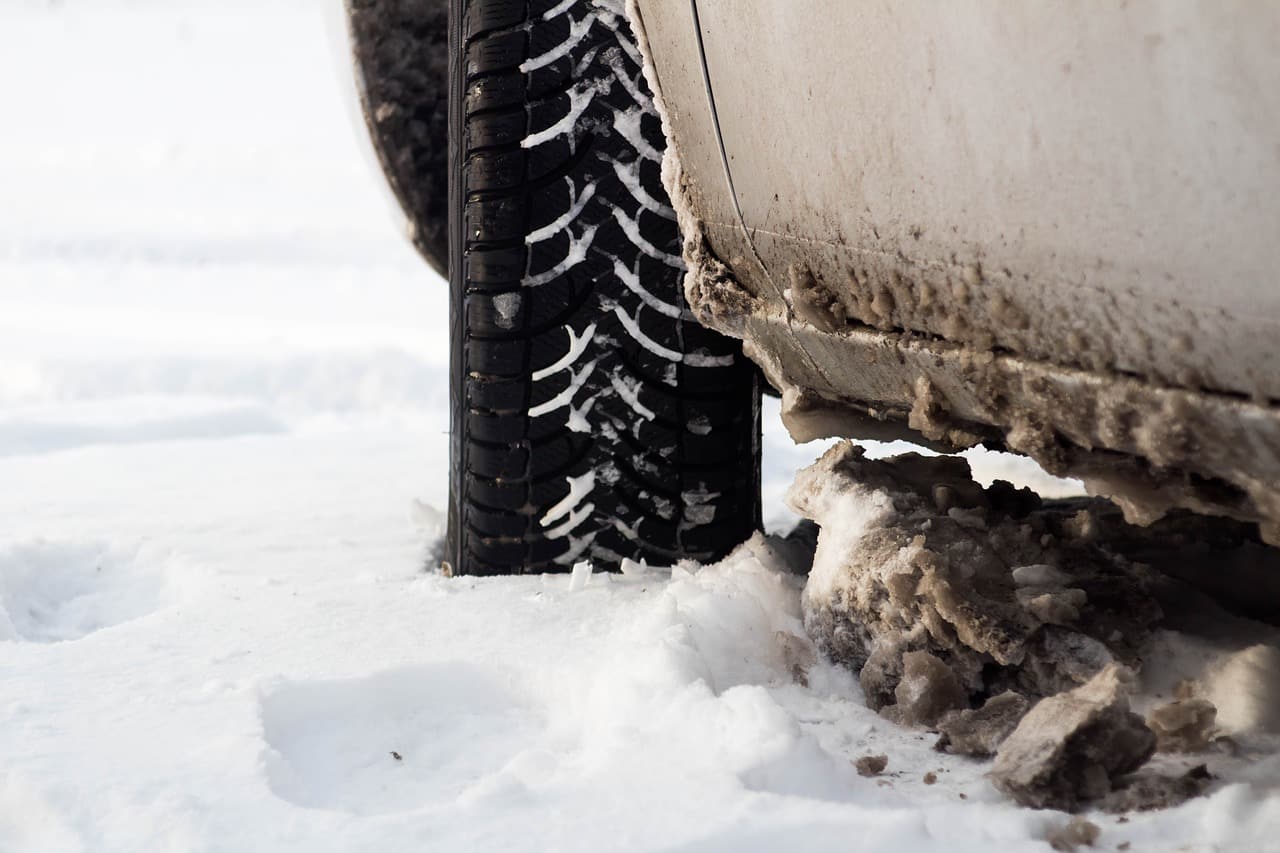
This one is super important, especially if you are somewhere where snow and ice is common. Bad tires in winter means trouble. Summer type tires or tires with low tread are much more likely to slide on the snow/ice which could end up in loss of vehicle control.
Check tire tread depth.Consider switching out summer tires for winter tires.
Pros and cons of changing to winter tires.
Cost: $0-$1000+
Difficulty: Auto shop required if replacement tires needed.
7. Wax
Washing and waxing your vehicle before winter will help protect your car/truck against those nasty chemicals used on the roads.
Here are some more ideas on how to protect your vehicle from damaging winter road chemicals.
Cost $20
Difficulty: Easy
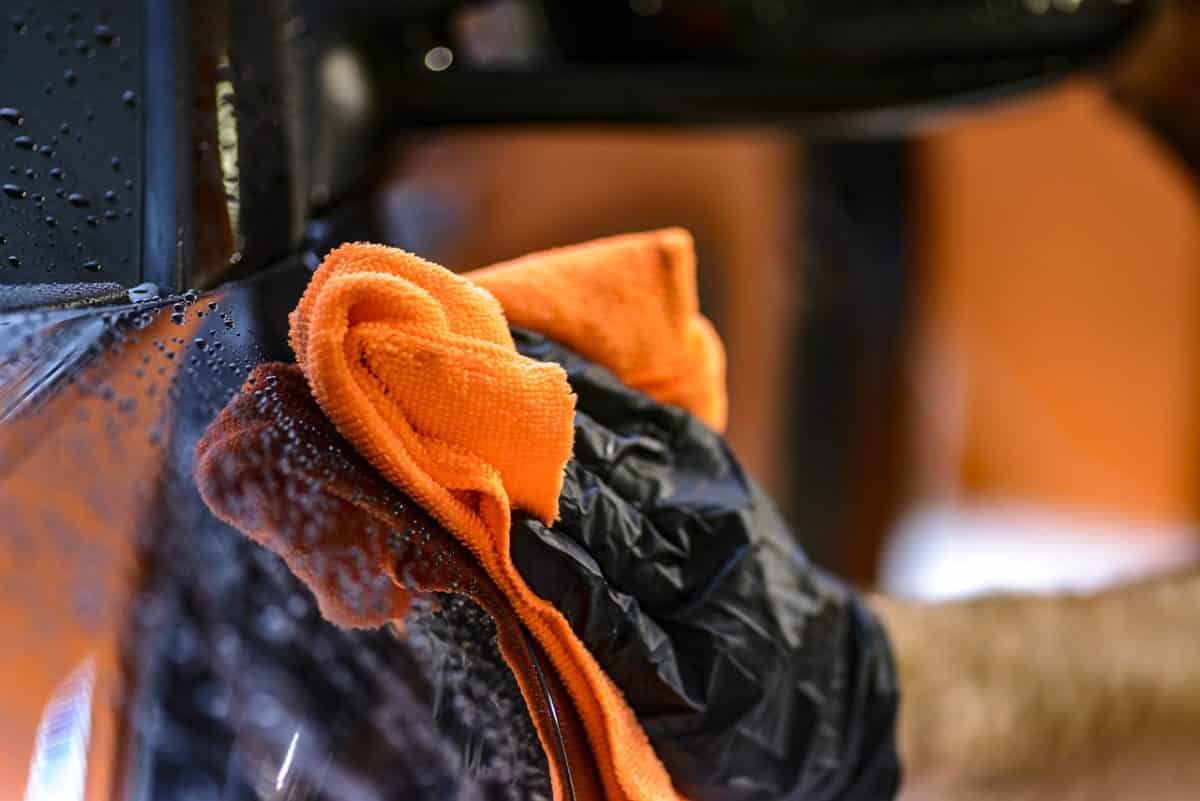
8. Have an emergency kit in the vehicle
Accidents happen, roads close or you might get stuck. Having an emergency kit is important especially in rural areas. Here’s some ideas of what to keep in the car/truck;
- Shovel
- First Aid Kit
- Food (few days worth of high energy snacks)
- Toilet paper
- Bottled water
- Flash light
- Blankets
- Jackets/clothes/hats/gloves
- Jumper cables
- Kitty litter
- Map
- Cell phone charger
- Tire chains
- Spare fuel
- Roadside Assistance card/owners manual
- Reflective warning triangle
Contact your local dealer to have them do a full winter checkup on your car, truck or SUV.
Is there anything else you do when it comes to preparing your car for winter? Let us know in the comments below.
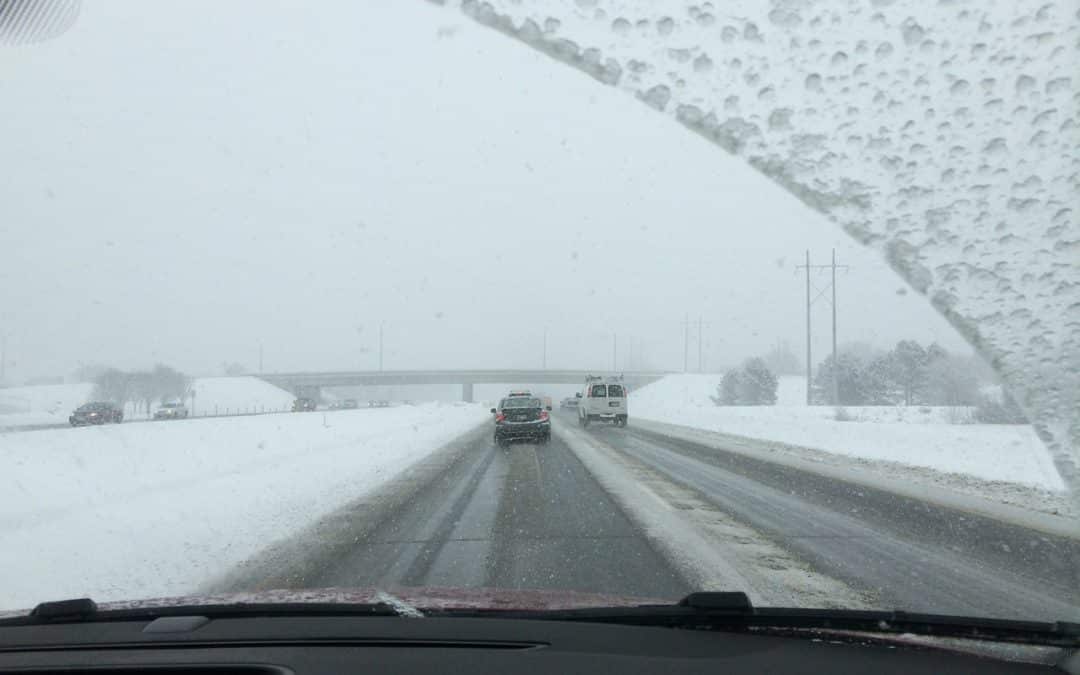

Recent Comments